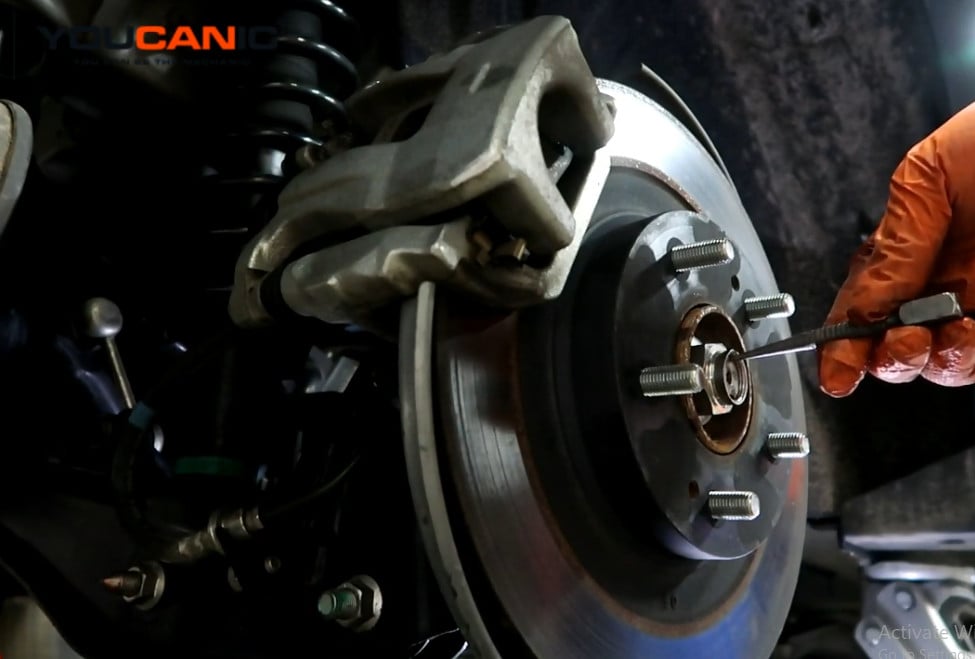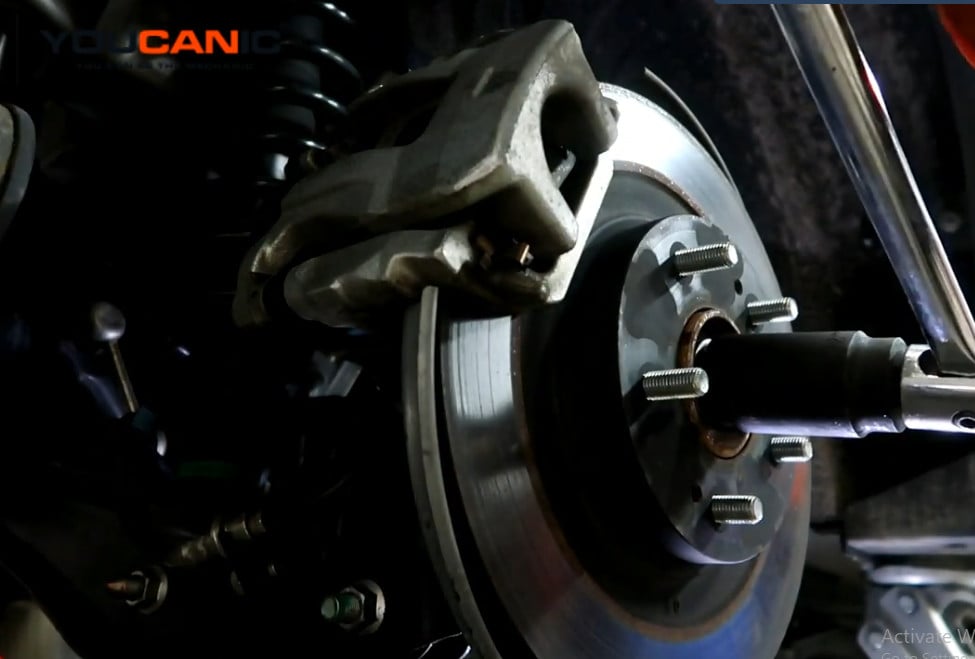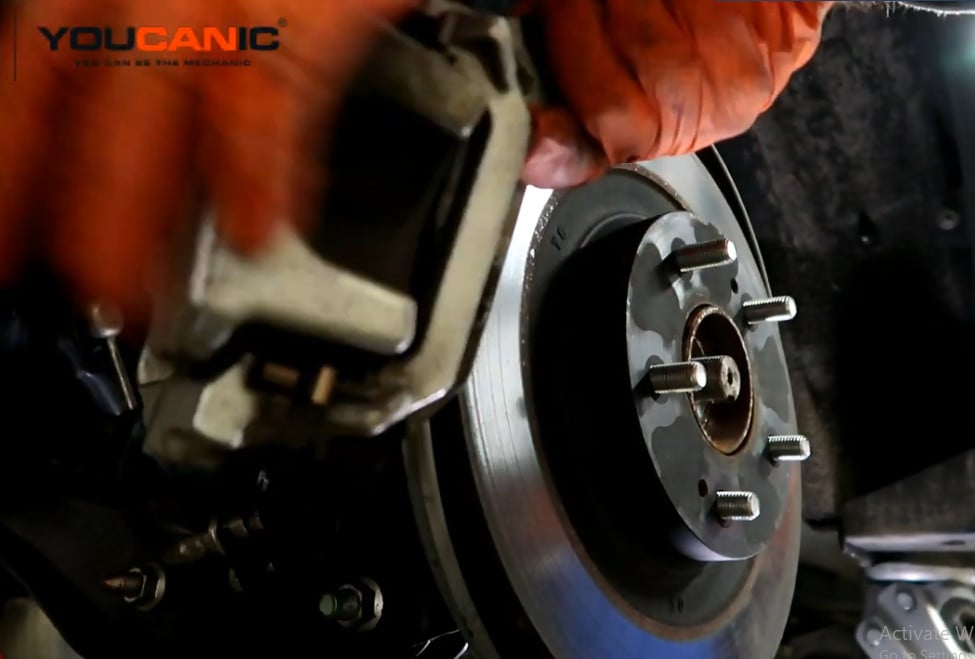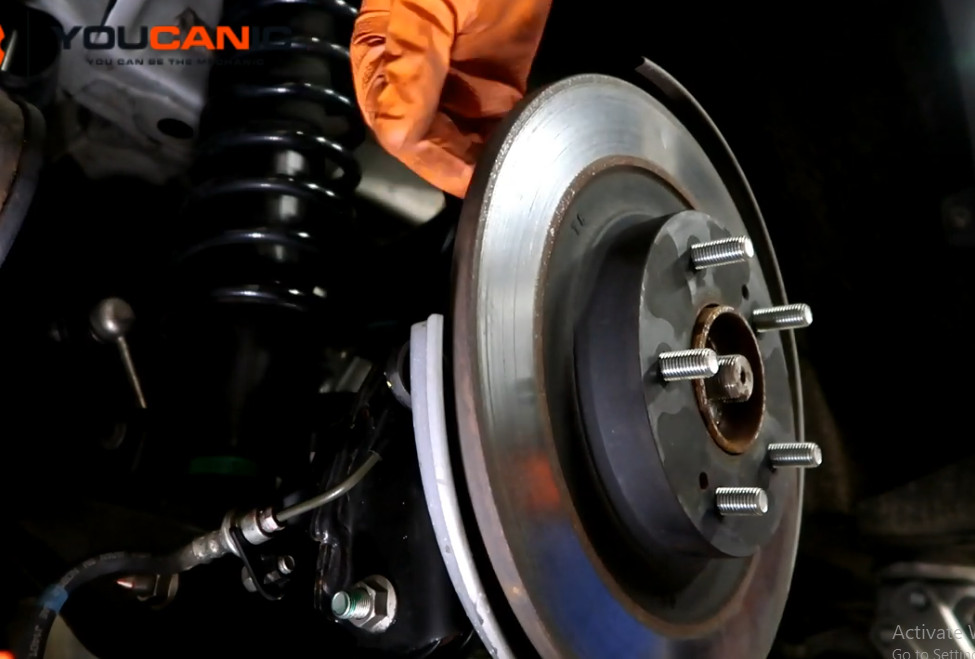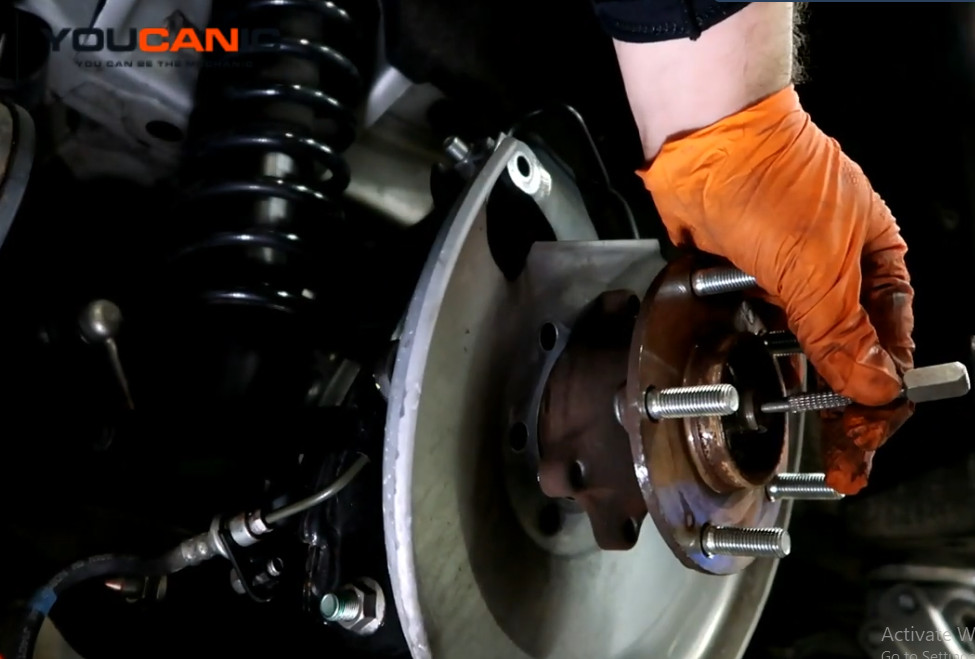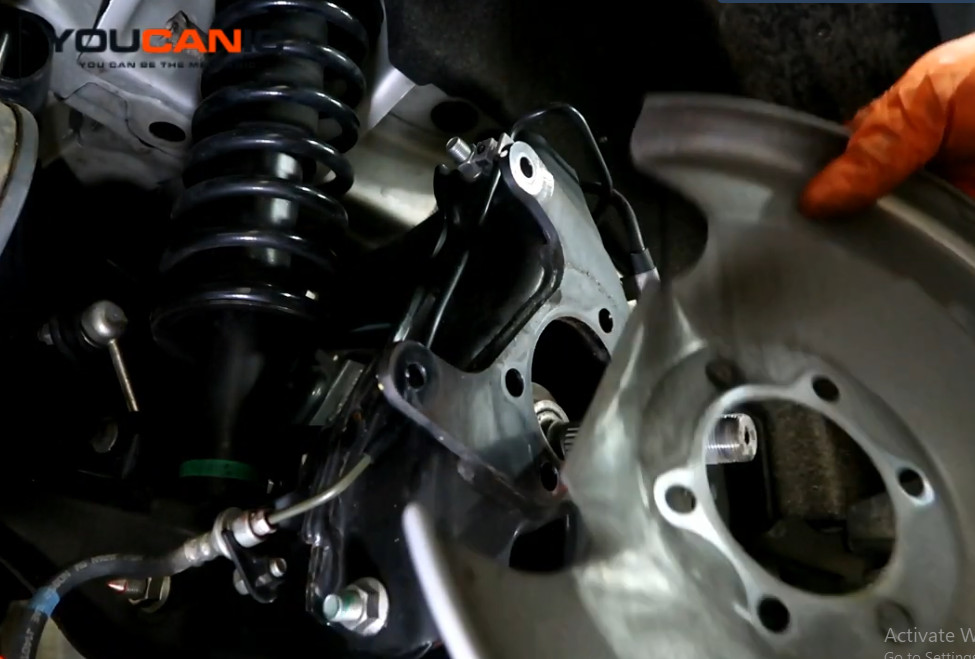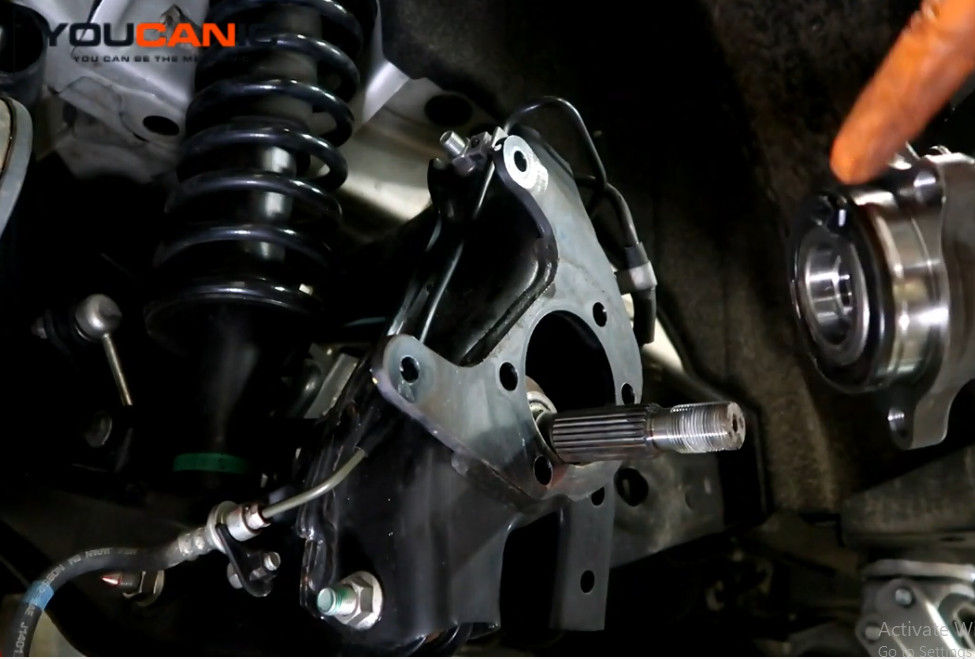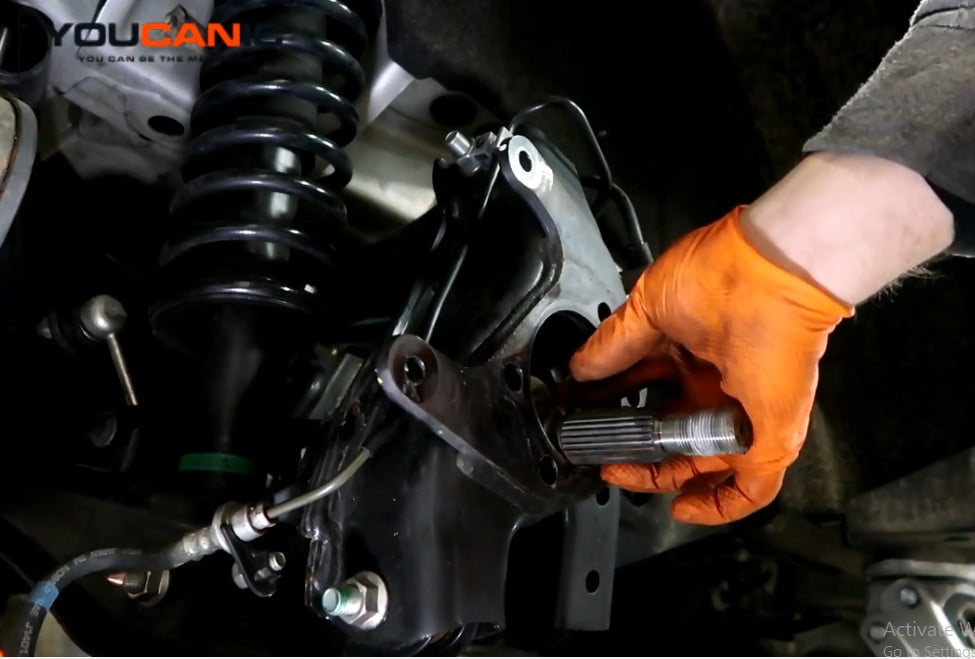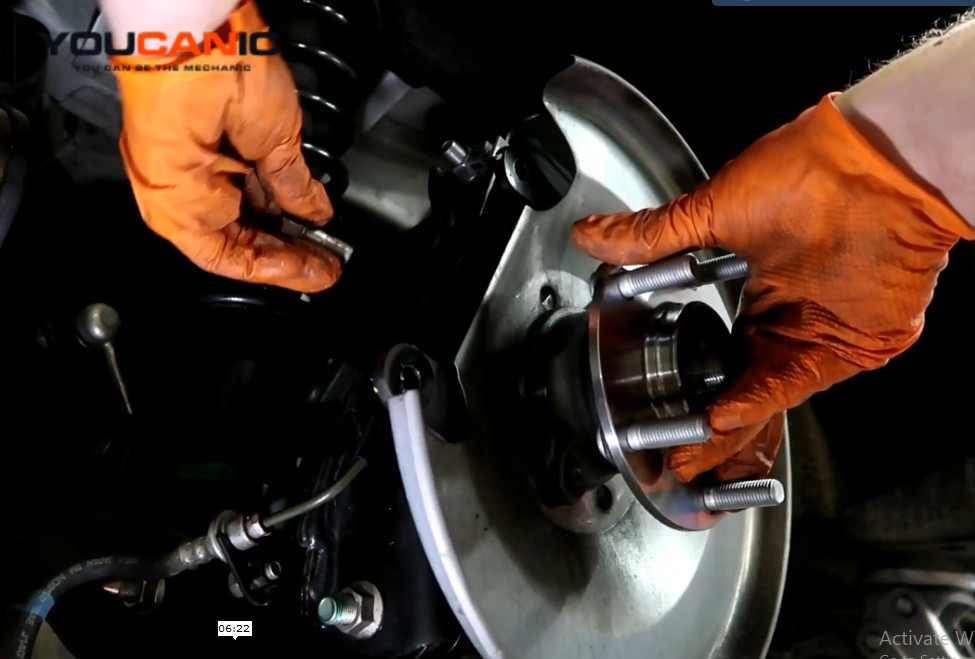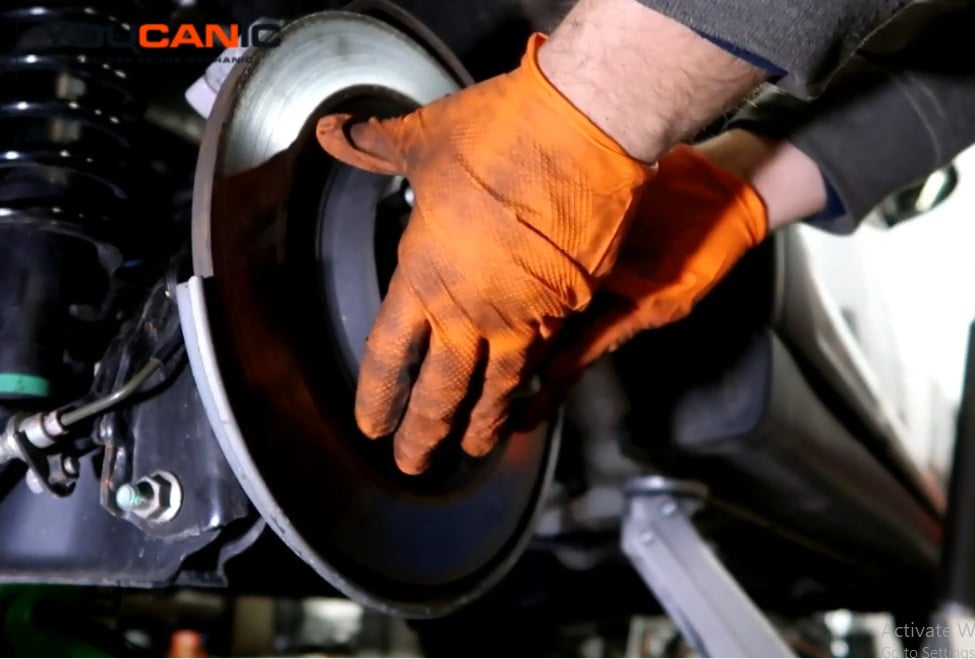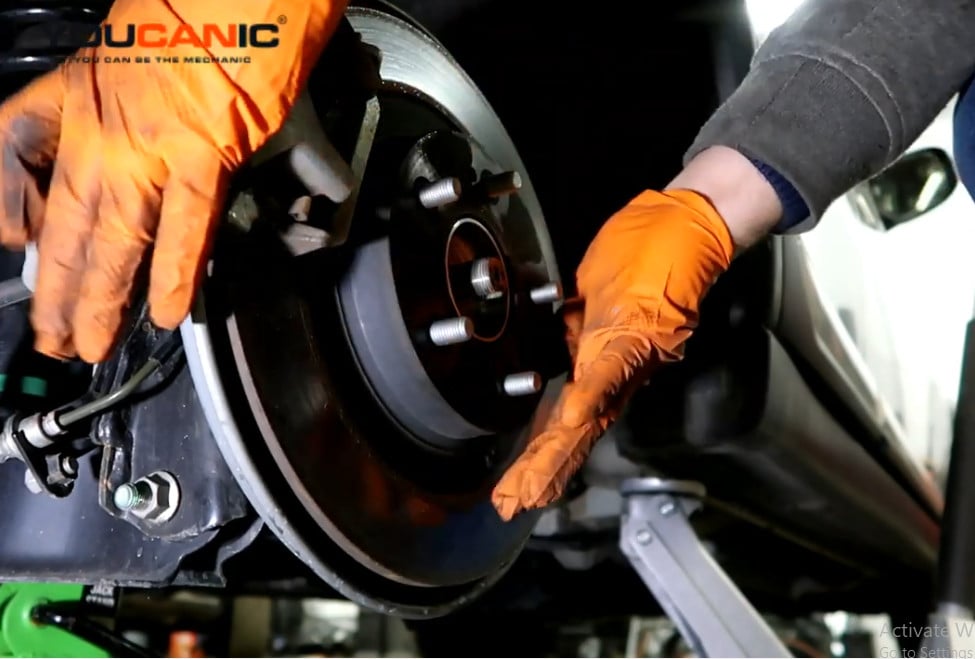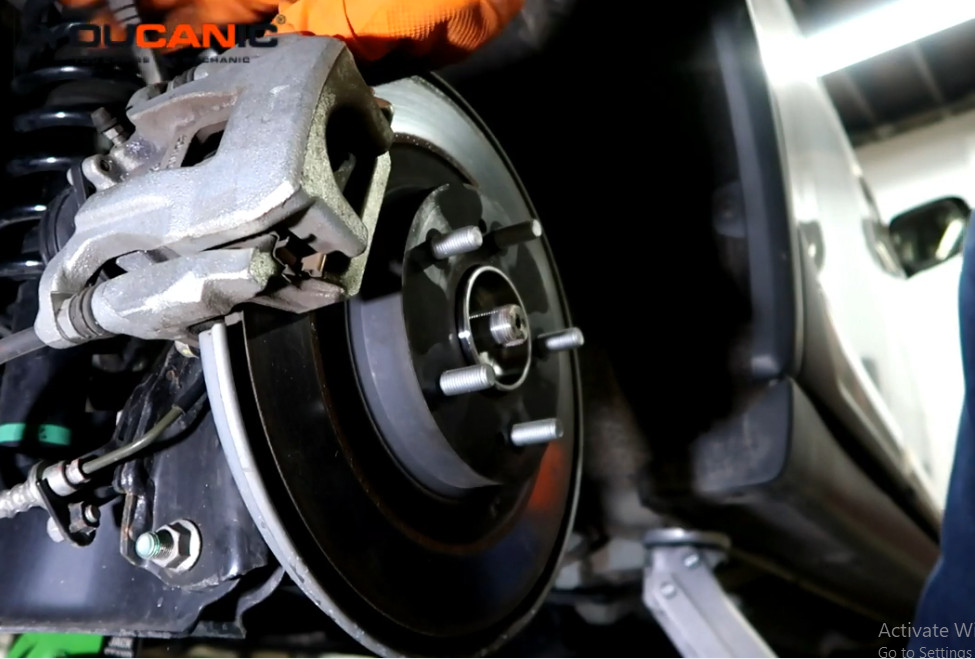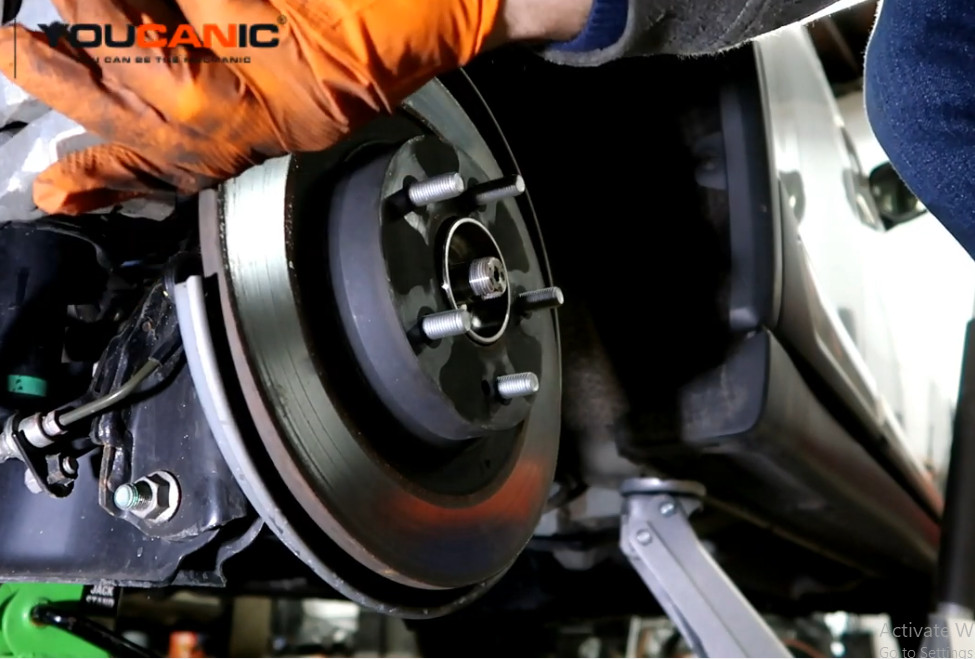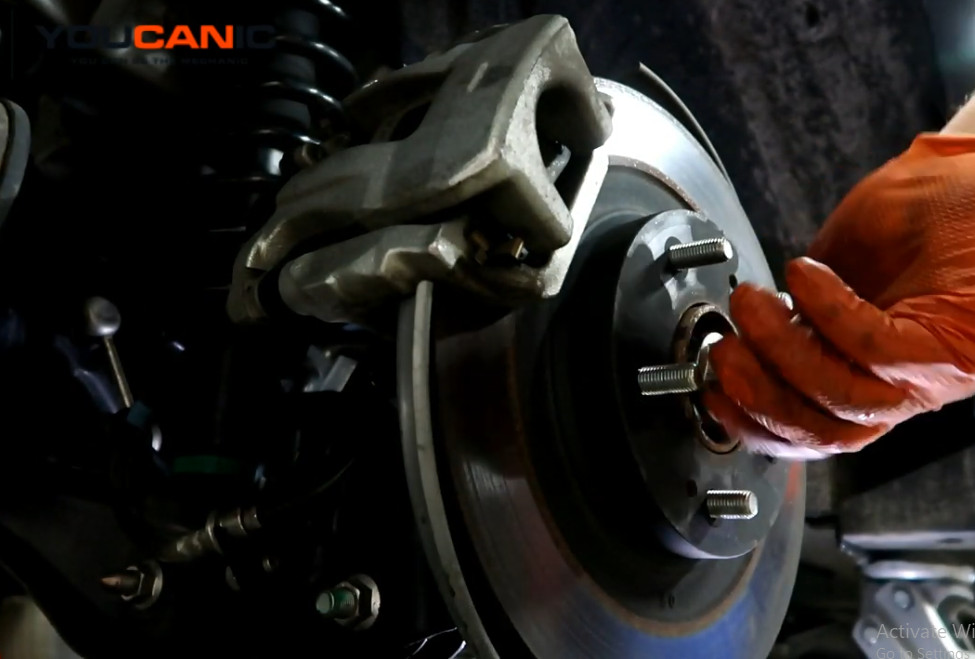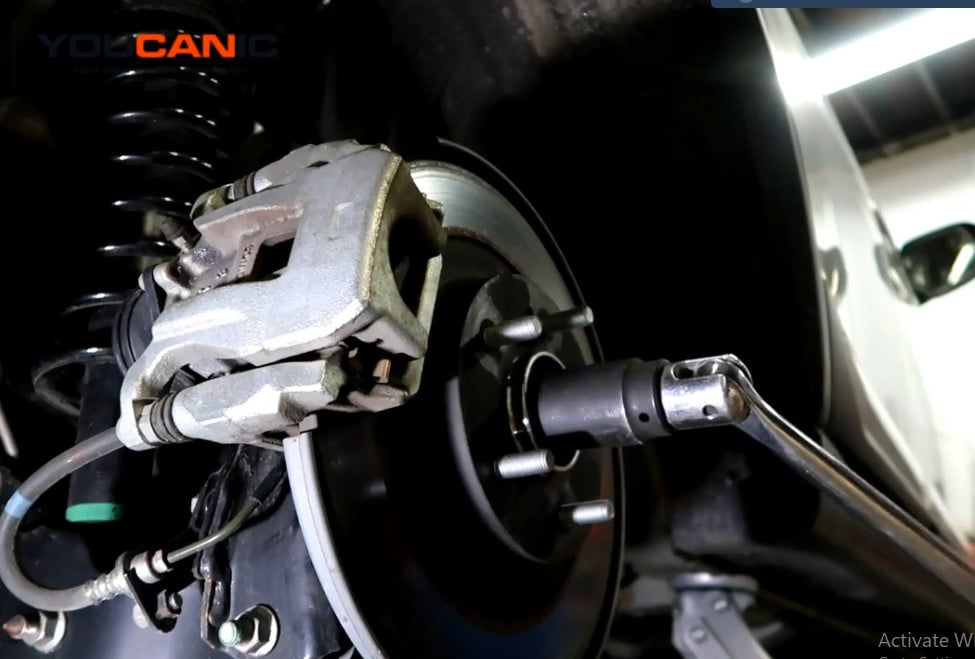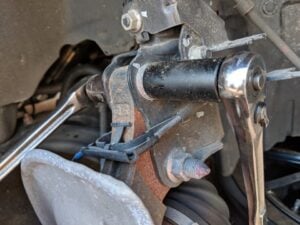Mitsubishi Rear Wheel Bearing Replacement
Is there a whining noise as your Mitsubishi speed increases, and when turning it, is there also a whining noise? Learn how to fix the problem by replacing your Mitsubishi rear wheel bearing. This guide provides instructions on replacing the rear wheel bearing on a Mitsubishi Outlander.
Symptoms
Common symptoms of bad wheel bearings are:
- Whining noise as speed increases.
- Whining when turning (front bearing).
What you will need
Parts
- Mitsubishi Outlander Rear Bearing
Tools
- Torque Wrench
- Flathead screwdriver
- Ratchet
- Ratchet extensions
- Center punch tool
- 14mm socket
- 17mm socket
- 30,32 or 36 mm socket
- Center punch tool
Procedure
- Park the vehicle on level ground. Block the front wheel using wheel chocks to prevent the vehicle from rolling.
- Loosen the lug nuts.
- Jack up the vehicle and secure it with jack stands. For added safety, put the vehicle on a jack stand to support the frame. Do not rely on the jack alone.
- For rear-wheel and four-wheel drive types, remove the center nut by popping out the nut indent with a flathead screwdriver and a hammer, then turning the nut counterclockwise; you may use a 30, 32, or 36-mm socket, a breaker bar, and/or ratchet handle.


- Loosen the brake caliper bracket by removing two bolts on the back using a 17mm socket.

- Slide the brake caliper away to remove it completely.
- Take extra precautions not to stretch the flexible brake hose.

- Disconnect the electric parking brake by pressing the lock and pulling it.
- Spray penetrating oil on studs to loosen its grip on the rotor and wait for fifteen minutes.

- Put the transmission in neutral, release the parking brake, and rotate the wheel while gently tapping the inner side of the rotor with a rubber mallet. This would loosen the rotor’s grip. Caution: The vehicle may roll if not secured properly.

- Remove the rotor completely by hand.
- Put the parking brake in the park position.
- Remove four bearing housing flange retaining bolts using a 14mm socket, ratchet wrench, and different extensions (1 to 6 inches).

- Disconnect the bearing from the wheel spline using a center punch tool and a hammer. Avoid hitting the center thread.
- Remove bearing assembly by hand.

- Be careful not to damage the dust shield.

- Prepare the new bearing assembly.

- Take the wheel speed sensor out of the way.
- Install the dust shield.

- Line up and install the bearing assembly on top of the dust shield using the old impression on the dust shield as a guide. It is recommended that new bolts be installed on the bearing housing flange.
- Install the bolts initially by hand.
- Use a 14mm socket, ratchet wrench, and different extensions to fasten bearing housing flange retaining bolts. Torque to specs. Anti-seize compounds are recommended for the threads.

- Reinstall the rotor.

- Reinstall the brake caliper.
- Reinstall brake caliper bracket bolts by hand, then torque to spec.

- Fasten the bolts using a 17mm socket and a ratchet. Torque the bolts to specs.

- Reconnect the parking brake electrical connector.
- Reinstall the center nut by hand.


- Fasten the center nut using a ratchet and 32mm socket.
- Torque to specs, spin 90 degrees, and re-torque. You may put the vehicle in park and have someone press on the brake while applying torque to the nut.
- Using a flat-head screwdriver, tap the nut to lock it on.
- Reinstall the wheel, install lug nuts, remove the jack stands, lower the jack, and fasten the wheel’s lug nuts.
While not required, it is recommended to perform an all-wheel alignment after replacing the wheel bearing on a Mitsubishi.
Frequently Asked Question
How do you know your wheel bearing is bad?
One of the common symptoms of a bad wheel bearing is a whining noise when the vehicle moves.
Can you drive a Mitsubishi with a bad wheel bearing?
Driving any car with a bad wheel bearing is not recommended, for it may cause an accident.
Applications
- Mitsubishi Outlander
- Mitsubishi Endeavor
We hope you find the Mitsubishi Rear Wheel Bearing Replacement guide helpful. Check these troubleshooting and repair guides for more help on your Mitsubishi.




